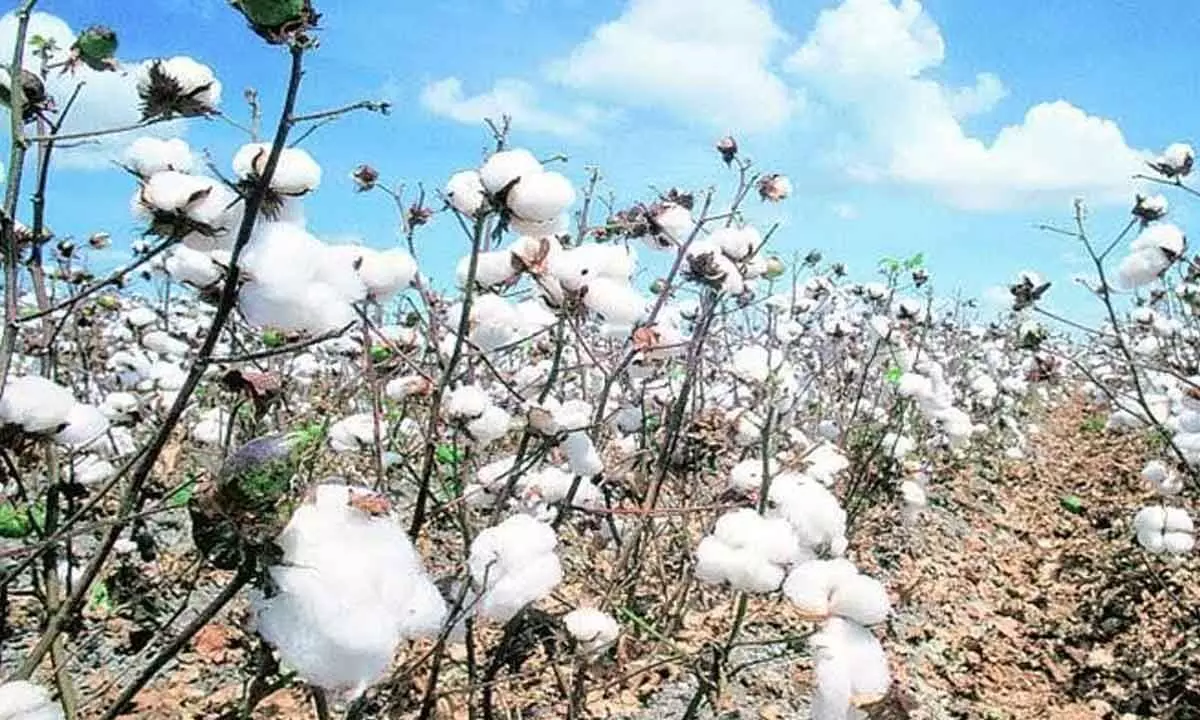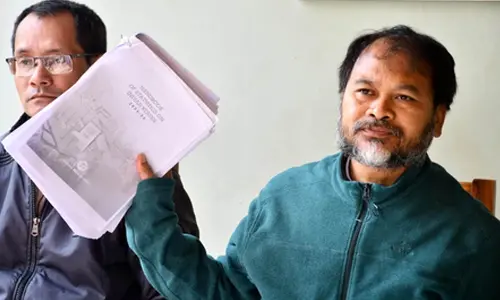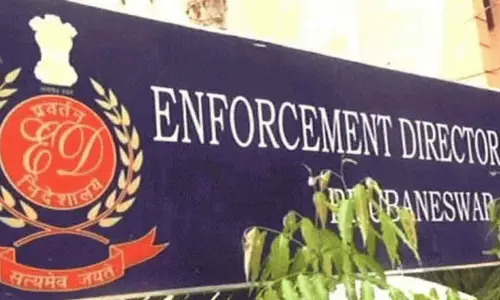Farmers demand cotton research centre to improve hybrid varieties

Cotton crop in Anantapur
- After the introduction of BT cotton, cotton cultivation saw a revolution and the acreage gradually increased in the district from a mere 2,000 hectares to 70,976 hectares in 2014-15 year
- Farmers feel that emphasis should be on the development of BT cotton varieties and hybrids as the district has good potential for crop
Anantapur-Sathya Sai dist: Pink bollworm plague and other factors including lack of remunerative price are responsible for the decline of cotton crop in the twin districts. In the past, the extent of cotton cultivation was in a mere 2,000 hectares in the district. After the introduction of BT cotton, cotton cultivation saw a revolution and the acreage gradually increased in the district from a mere 2,000 hectares to 70,976 hectares in 2014-15 year. Subsequently the district witnessed crashing of acreage to 22,000 hectares.
The past couple of years witnessed an increase in acreage to 45,000 hectares. The cotton farmers are demanding the government to establish a Cotton Research Centre to improve on BT cotton hybrid varieties. Agriculture JD Chandra Naik told The Hans India that the past five years saw the decline of cotton. Presently the total cotton acreage is 45,000 hectares in the district.
The year 2015 only registered 75,000 hectares and ever since it was on a downward trend due to pink bollworm plague. Tadipatri and Gooty are the two major zones where cultivation is on the rise. In Pedavaduguru mandal in Tadipatri division, an increase of acreage by 10,000 hectares has registered over last year. Post 2016-17 years saw a steep fall to 22,000 hectares and during the past couple of years, it has climbed up to 45,000 hectares.
However, the decline started from 2015-16 when the acreage dropped down to 66,000 hectares and in the subsequent year to 22,000 hectares in Anantapur. Crop can withstand the dry spell for 30-40 days less post-harvest operations. Compared to chillies and tobacco, it is less risky and more remunerative.
Distinct variation in productivity levels are also observed in different regions like coastal area recording high productivity levels compared to Rayalaseema and Telangana. The adverse factors for the crop include,vagaries of monsoon, increased cost of cultivation, cultivation of cotton in red soils and lack of high yielding and multiple insect and disease resistant varieties besides lack of location specific agro techniques, imbalanced use of fertilisers and heavy incidence of suckling pests mainly leafhopper. Increased cost of cultivation due to high picking cost are the major problems dogging farmers particularly in Anantapur and other parts of Rayalaseema.
Cotton farmers feel that emphasis should be on the development of BT cotton varieties and hybrids and on the establishment of a Cotton Research Centre in the district as the district has good potential for cotton crop.














